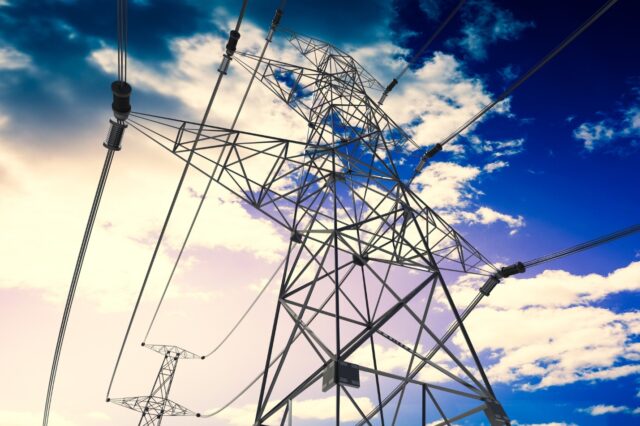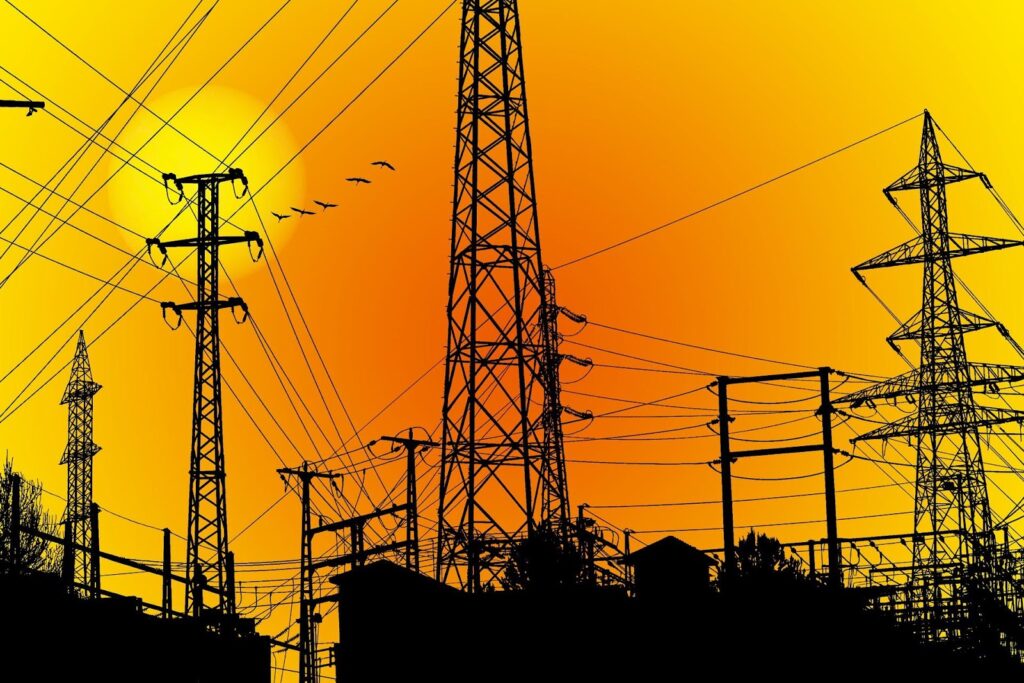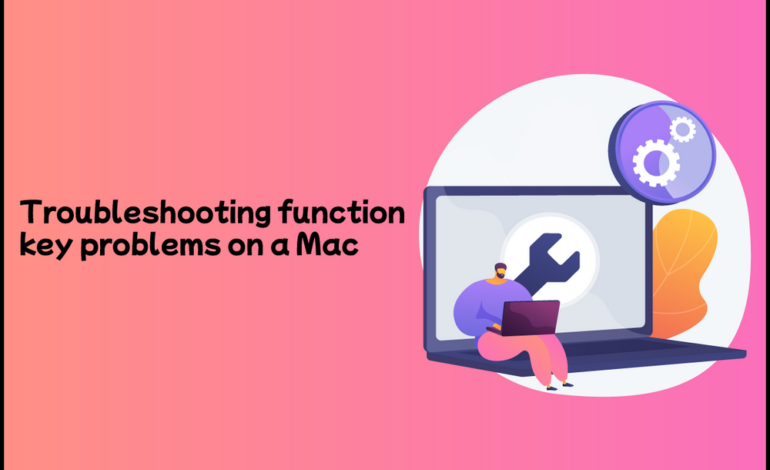Hva Er Strøm: A Beginner’s Guide

Why all the buzz about electricity? Picture a day without your smartphone, your fridge, or your cozy evening lamp – it’s a tough world to imagine. That’s because electricity is the invisible force that powers our lives. It’s like the heartbeat of modern existence.

But here’s the mind-blowing part: electricity is everywhere. It’s in the lightning that streaks across stormy skies, the gentle hum of power lines on a quiet night, and even in the human body, where it helps control essential functions like the beating of your heart and the firing of your neurons. It’s a force of nature and a fundamental part of our daily lives.
The Basics: Electrons In Motion
Now, let’s break it down further. Electricity fundamentally involves the movement of tiny charged particles called electrons. Think of them as hyperactive commuters zipping through wires to reach their destinations – your gadgets and appliances. As these electrons zip along, they create an electric current, and that’s when the magic happens.
When you turn on a switch to light up your room, you’re essentially giving those electrons a green light to start their journey. They flow through the wires in an organized fashion, just like cars on a highway, and their movement generates the electrical energy we use to power our devices. It’s this flow of electrons that makes your lights shine, your phone charge, and your blender blend.
The Birthplace Of Power
Every superhero has an origin story, right? Well, electricity’s tale often begins in a power plant. These plants come in various flavors, running on coal, natural gas, or harnessing clean energy from sources like the sun and wind. They work their magic to generate electricity, which then goes on a journey through a complex network of wires to eventually arrive at your home.
Power plants are like the magical factories of electricity. They use different energy sources to spin massive turbines, which, in turn, generate electricity. The exact method varies depending on the type of power plant, but the goal is the same: produce a flow of electrons that can travel to homes, businesses, and industries to make our lives easier and more convenient.

Let There Be Light
How about that light switch? A flick of it, and your room is bathed in light. How does it work? Inside your trusty light bulb, there’s a filament – a super-thin wire – that gets really, really hot when electricity flows through it. And guess what? This heat transforms into the light you enjoy – it’s like a mini light show in there.
But wait, there’s more to it. The light bulb’s filament is enclosed in a glass bulb with no air inside. This absence of air prevents the filament from burning up, making it last longer. So, when you flip that switch, you’re not just turning on a light; you’re igniting a delicate dance of science and technology that brightens your world.
Decoding Electrical Outlets
Those hidden openings in your walls – yes, those are electrical outlets. They’re the portals where your devices and appliances plug in to get their daily dose of power. When you plug something in, you create a connection, paving the way for electrons to flow from the outlet into your gadget, giving it the energy it needs.
Electrical outlets come in various shapes and sizes depending on where you are in the world. So, if you’ve ever traveled abroad, you’ve probably noticed that your familiar charger doesn’t quite fit. That’s because different regions have their own standards for outlets and plugs. To stay connected while traveling, you’ll need an adapter to bridge the gap and ensure your devices stay charged and ready for action.
Safety Is Paramount
Now, an important tip: while electricity is your friend, it can also be an enemy if not treated with respect. Never experiment with electrical outlets or appliances when you’re wet, and always keep liquids far away from your electronic buddies. Safety always comes first!
Electrical safety (learn more) isn’t just about avoiding shocks; it’s also about preventing fires and accidents. That’s why there are safety measures built into your home’s electrical system, such as circuit breakers and fuses. These components help protect your home from electrical overloads and short circuits by interrupting the flow of electricity when something goes wrong.
Watts Up?
You’ve probably encountered the term “watt” in electricity conversations. It’s simply a measure of how much power an appliance or device consumes. The more watts, the more electricity it gobbles up. It’s like the gas mileage of your car – the higher the number, the more fuel it consumes.
To put it in perspective, a standard incandescent light bulb typically consumes around 60 watts, while an energy-efficient LED bulb might only use about 8-12 watts to produce the same amount of light. So, if you’re aiming to be frugal with your energy bills, keep an eye on those watt-hungry culprits. Consider swapping out energy-hungry appliances for more efficient ones to save both energy and money.
The Off Switch Matters Too
Remember that trusty switch? It’s not just for powering things on; it’s just as essential for powering things off. When you switch off an appliance, you’re essentially breaking the connection, stopping the flow of electrons. Think of it as giving your gadgets a well-deserved nap and saving on electricity at the same time.
Turning off your devices and appliances when you’re not using them can lead to significant energy savings. Even in standby or “sleep” mode, some electronics continue to consume power. So, by flipping that switch or unplugging devices, you’re not only conserving electricity but also reducing your carbon footprint and lowering your energy bills.
It’s a simple yet effective way to make a positive impact on both your wallet and the environment.
Electricity Across Borders
Here’s a fascinating tidbit: not all countries use the same types of electrical outlets. Nope! Different regions sport various plug shapes and voltages. So, if you’re traveling, make sure to pack the right adapter so you can keep your devices charged no matter where your adventures take you.
Each country has its own electrical standards, and this can be quite the puzzle for travelers. For example, North America typically uses Type A and Type B plugs, while Europe favors the Type C and Type E outlets. Before jetting off to a new destination, it’s a good idea to research the plug types used there and invest in the appropriate adapters.
That way, you’ll stay connected, capture those travel memories on your devices, and stay powered up no matter where your wanderlust leads you.

The Future Is Electric
Electricity isn’t confined to light bulbs and device charging; it’s at the heart of innovations shaping our world. Electric vehicles, powered by clean energy sources like solar and wind, are steering us toward a greener, more sustainable future.
The shift toward electric vehicles (EVs) is more than just a trend; it’s a revolution in transportation. EVs produce zero tailpipe emissions, reducing air pollution and dependence on fossil fuels. They also offer quieter, smoother rides and lower operating costs.
With advancements in battery technology and charging infrastructure, EVs are becoming a viable and environmentally friendly choice for commuters and adventurers alike. So, if you’re thinking about your next car purchase, consider going electric and contributing to a cleaner planet.
Time To Conclude Our Journey
And there you have it, friends – a beginner’s guide to knowing what is power. We’ve ventured into the complex world of electricity, the strøm definisjon, and simplified each term, making it as straightforward as flipping a switch. Always remember, it’s the force that empowers your world, so use it wisely, and you’ll be in control of the electrifying magic that surrounds us every day.
Thanks for joining us on this enlightening journey, and may your newfound knowledge brighten your path!










